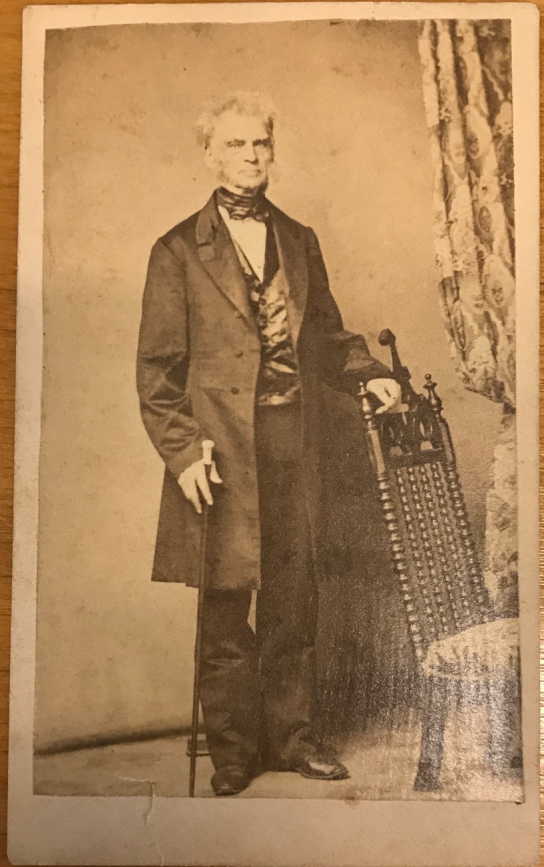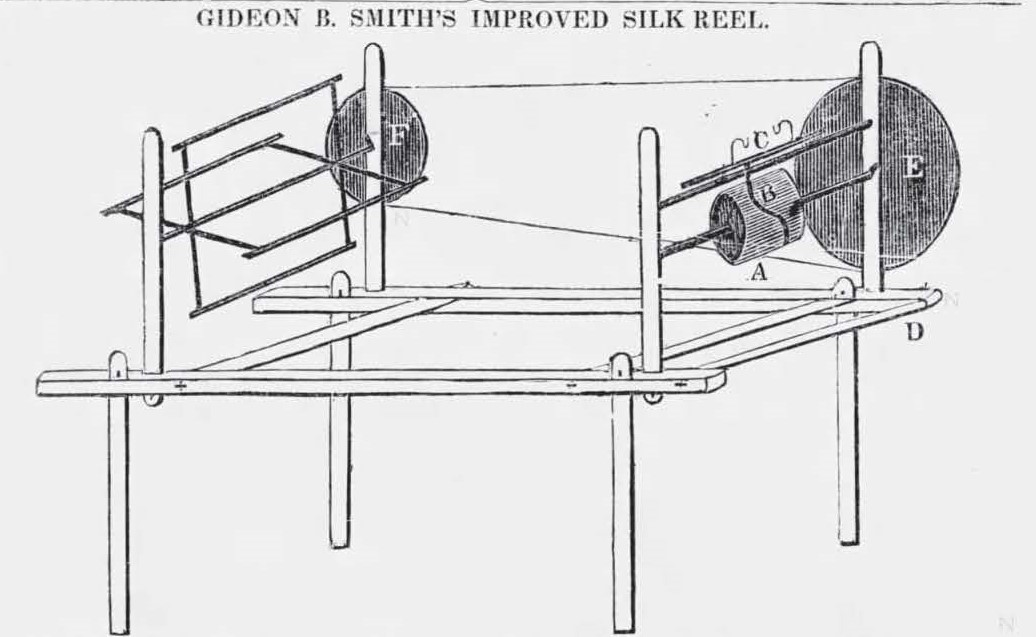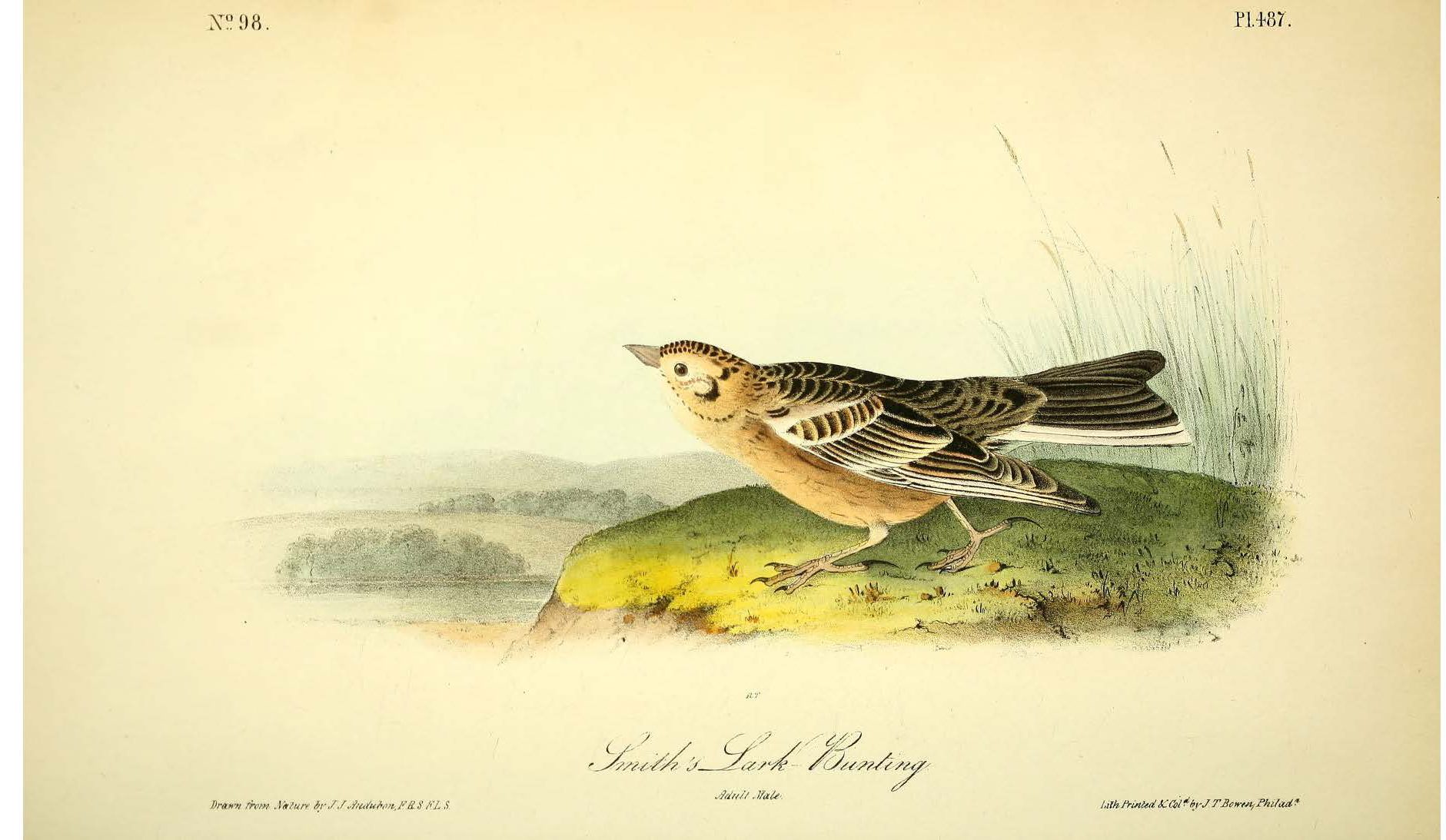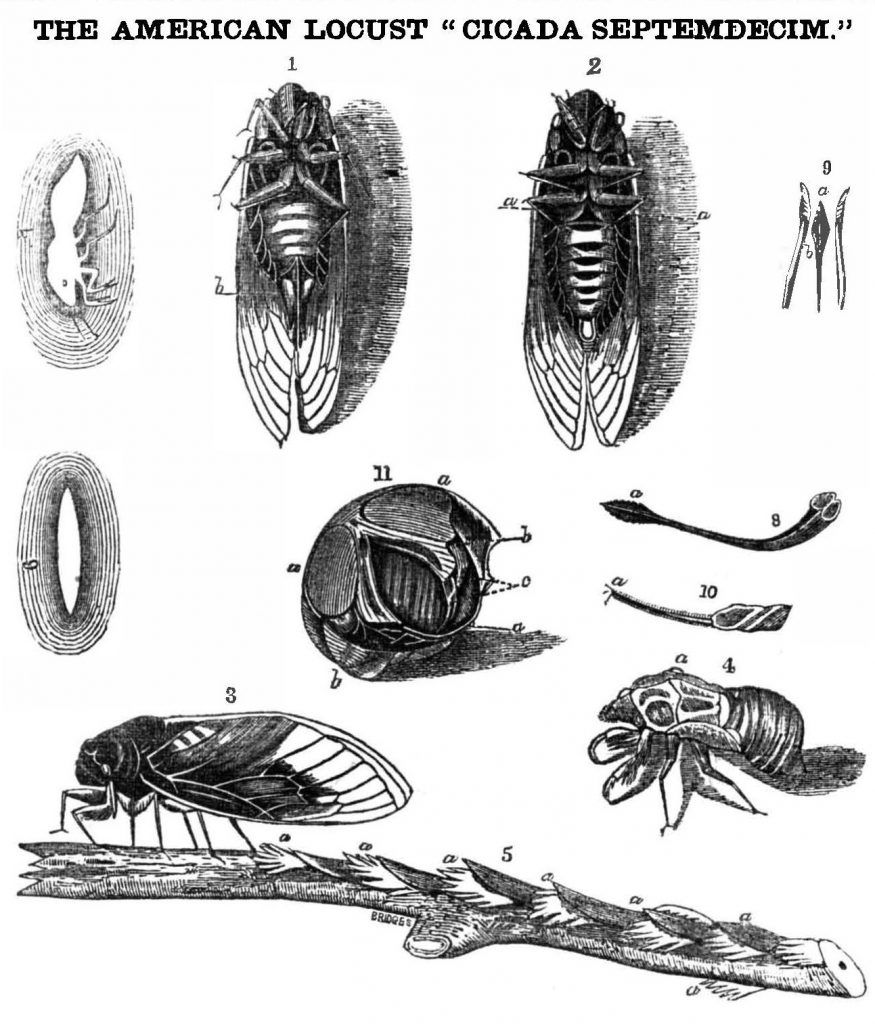The Health Sciences and Human Services Library Historical Collections’ strives to provide broad access to our diverse collections both in person and digitally. Materials in our collections appear as they originally were published or created and may contain offensive or inappropriate language or images and may be offensive to users. The University of Maryland, Baltimore does not endorse the views expressed in these materials. Materials should be viewed in the context in which they were created.

“Locust Year. – The seventeen year Locusts will appear this year in all those parts of Maryland, Pennsylvania, Virginia and Delaware, embraced in the following boundaries: commencing at the Delaware river, near Germantown, Pa.; thence southwesterly to the Blue Ridge of the Allegany mountains along the east side of the Ridge to Loudoun and Fauquier counties, Va; thence easterly through a portion of Fairfax, across the Potomac, above Georgetown, through Montgomery and upper portion of Anne Arundel counties, Md., the Patapsco; along the north side of the Patapsco to the Chesapeake Bay; thence to Havre-de-Grace, through to Cecil County, and Delaware, to the Delaware river; up the west side of that river to the beginning…
They will begin to leave the ground about the 20th of May, a few days earlier or later, according to the weather.”
~Dr. Gideon B. Smith, The Sun, February 1, 1851
Many of us, read articles similar to the one quoted above in early 2021 preparing us to see and hear Brood X Cicadas. Scientists, relying on research begun 187 years ago, predicted with surprising accuracy where and when the 17-year cicadas would appear in Pennsylvania, Maryland, Delaware, and Virginia.
Most of us living near wooded areas have become accustomed to the hum and fluttering of the 17-year cicadas over the past few weeks. The 2021 cicadas have inspired everything from cuisine to artwork to tattoos. Whether you love the loud buzz or cannot wait for them to just go away, the cicadas have created a lot of buzz this summer. Much of what is known about the thirteen- and seventeen-year locusts is credited to the work of University of Maryland, School of Medicine graduate Dr. Gideon B. Smith, class of 1840.
Gideon B. Smith was born in 1793. He married Elizabeth Bennett in 1826; this marriage produced a daughter Elizabeth Smith in 1829. The elder Elizabeth died in 1832; Gideon remarried Susan Stewart in 1833. Smith’s daughter, Elizabeth married Captain James Gavet.

Smith had an active career in newspapers, entomology, and as an inventor and entrepreneur prior to attending and graduating from medical school. He was editor of the American Farmer, a newspaper headquartered in Baltimore that shared agricultural news, market prices for livestock and crops, and reports from agricultural societies. He had a special interest in silkworms, which included importing and selling the caterpillars and their cocoons in the United States; he even invented a silk reel in 1829, which improved upon the Piedmontese Reel. In 1830, Smith released A Treatise on the Culture of Silk, Detailing the Method of Raising the Mulberry, Managing the Silkworms and Reeling the Silk. In 1838, he became the editor of the Journal of the American Silk Society.
Gideon B. Smith had a friendship with John James Audubon, the American ornithologist. Smith was a subscriber of Audubon’s Birds of America and for his financial support received the honor of having a bird named after him: the Smith’s Lark-Bunting or Plectrophanes Smithii. Today the bird is known as Calcarius pictus or Smith’s Longspur.

Smith also had a friendship and professional relationship with Dr. Nathaniel Potter, founder of the College of Medicine predecessor of the University of Maryland School of Medicine. Dr. Potter first noticed the cicadas (Brood X) in 1783 and began studying the bugs in 1817.

According to Smith’s article, “The American Locust, ‘Cicada Septemdecim’,” he began studying periodical locusts in 1834 with Potter. In 1839 Smith assisted Dr. Potter with his book Notes on the Locusta. Perhaps it was Dr. Potter who encouraged Smith to attend the University of Maryland School of Medicine. Dr. Smith graduated in 1840 at the age of 47, with a thesis titled, Cholera Infantum. Dr. Smith was admitted to the Maryland State Medical Society (MedChi) in 1843. Unfortunately, he was dismissed from the organization in 1848 by the Maryland Board of Examiners for unprofessional conduct. It is unclear what caused this dismissal from the medical profession.
After the death of Dr. Potter in 1843, Dr. Smith continued his research of periodical cicadas. Using his connections in the newspaper world, he collected data on cicadas by writing letters to newspapers asking people to send him with observations of cicada emergence in their region. Through this data collection method, he was able to predict when and where the 17-year cicadas would appear in sixteen U.S. regions. Through a similar data collection method, Dr. Smith tracked other broods of 13-year and 17-year cicadas from 1845 to 1858. Unfortunately, Dr. Smith never formally published his research on periodical cicadas in manuscript format, relying instead on newspaper articles; therefore, until recently Dr. Smith’s impact on entomology was lesser known.
Dr. Gideon B. Smith died on March 24, 1867. He is buried in Baltimore’s Mount Olivet Cemetery.
References and Further Reading:
- The American locust “Cicada Septemdecim.” (22 March 1851). Scientific American. 6(27): 212. https://www.jstor.org/stable/24933163.
- Audubon, John James. (1840-1844). Smith’s Lark Bunting. The birds of America: from drawings made in the United States and their territories. https://www.biodiversitylibrary.org/item/124981#page/11/mode/1up.
- Cordell, Eugene F. (1903). Smith, Gideon B. The medical annals of Maryland, 1799-1899; prepared for the centennial of the Medical and Chirurgical Faculty. Williams & Wilkins. p570 http://hdl.handle.net/10713/12582.
- Gifford, George E. Jr. and Laura T. Gifford. (1961) John James Audubon and Gideon B. Smith, M.D. Bulletin of the History of Medicine. 35I5): 475-477. https://www.jstor.org/stable/44446821.
- Kelly, John. (26 May 2021). A Maryland doctor was the first to map all the different cicada broods that pop up. Washington Post. https://www.washingtonpost.com/local/gideon-smith-cicadas/2021/05/26/51fc5cfc-be34-11eb-83e3-0ca705a96ba4_story.html
- Kritsky, Gene. (2020). Gideon B. Smith: America’s forgotten entomologist. American Entomologist. 66(4): 48-53. https://doi.org/10.1093/ae/tmaa054.
- Potter, Nathaniel. (1839). Notes on the Locusta; Septentrionalis americanae decem septima. J. Robinson. https://catalog.hathitrust.org/Record/007374710.
- Smith, Gideon B. (1 Feb. 1851). Locust year. The Sun. ProQuest Historical Newspapers. p4.
- Smith’s Longspur. Audubon: Guide to North American Birds. https://www.audubon.org/field-guide/bird/smiths-longspur.

